To attain a high-speed network performance, Juniper SFP transceivers are essential for seamless data transmission over various network infrastructures. These transceivers were made to work with Gigabit Ethernet as well as Fiber Channel programs, and they follow the industry standards, which means that they can be used together with different networking equipment. With a hot-swappable design feature, it becomes possible to change or upgrade the Juniper SFP transceiver without interrupting the operation of the whole network. Besides, these modules come in different types, such as short-range (SR) and long-range (LR) models, to suit diverse networking needs and distances. In other words, this adaptability makes them very important for any business that wants to create scalable and effective environments for its networks.
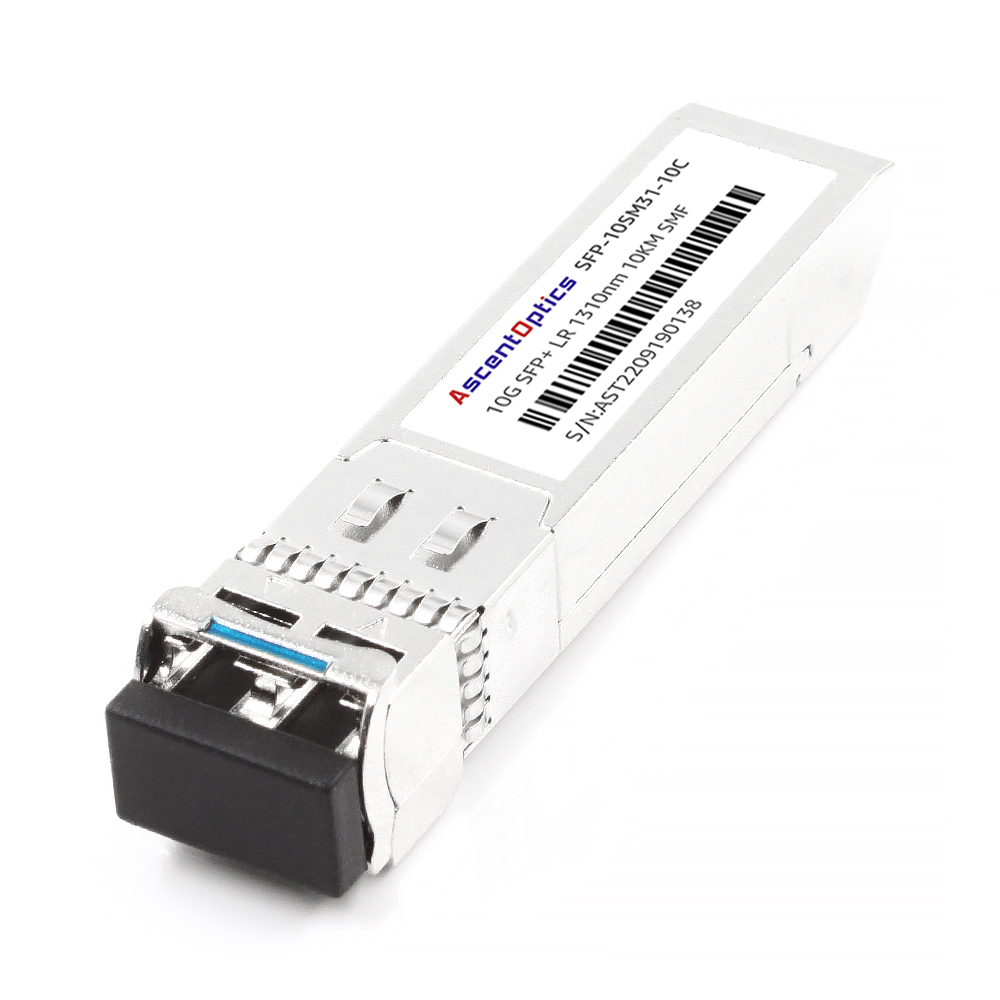
SFP is an acronym for small form-factor pluggable. It is a compact, hot-swappable device used in networking to send and receive data over fiber optic or copper cables. These can be utilized with different communication standards like Gigabit Ethernet, Fibre Channel, or SONET, making them versatile for various applications. In terms of functionality, this type of transceiver converts electrical signals from the device into optical ones, which are then transmitted through fiber optic cables (or vice versa, such as copper cables). These gadgets play a vital role in network connectivity and scalability by allowing high-speed data transmission across long distances. Their plug-and-play nature simplifies network management, thereby promoting uninterrupted performance through swift upgrades.
There are many benefits that come with using Juniper SFP transceivers on your network as they contribute towards its robustness and efficiency levels. The first advantage is that these transceivers work well with most juniper devices plus other networking equipment, hence ensuring seamless integration and interoperation between them. Secondly, because juniper sfps have been designed such that they can be replaced while still running without causing any downtime in service provision, this makes their maintenance easy, thus enabling faster upgrades during normal operations even without interrupting activities going on within networks themselves. Since there exist different types & specifications, including short-range (SR) models as well as long-range (LR), therefore whatever may be required regarding proximity or distance coverage within organization setups must always find the appropriate options under consideration.
Juniper SFPs are also characterized by higher reliability levels than other brands due to rigorous testing measures during production stages coupled with conformity to industry standards, so you should not worry about failure possibilities when making decisions based on these alone. All the abovementioned factors make them very reliable everywhere across the world, especially where organizations wish to keep their networks running efficiently forever.
This is a standard used in gigabit ethernet that enables fast data transfer over single-mode as well as multi-mode fiber optic cables. With this feature, 1000Base-LX transceivers can transmit up to 10 kilometers on single-mode fiber or 550 meters on multimode fibers having an operating wavelength of 1310 nanometers. It is applicable to diverse networking environments such as campus-wide networks and metropolitan area networks (MANs). The robustness and reliability of the standard are ensured through compliance with IEEE 802.3z specifications, which form the foundation for gigabit ethernet technology. Another advantage associated with it includes the ability to seamlessly integrate with existing network infrastructure, including legacy multimode installations, thus providing cost-effective solutions during upgrades or expansions within networks themselves
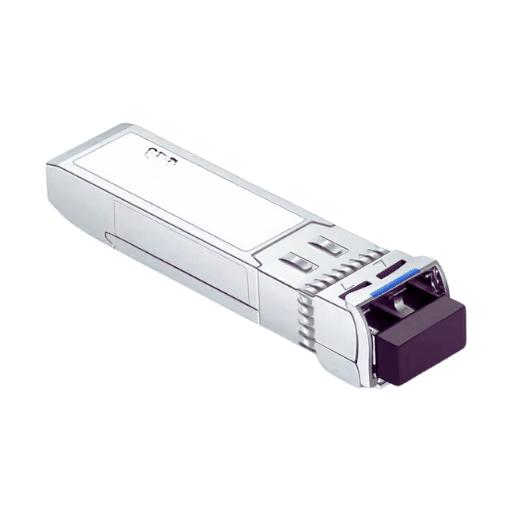
Here is what you need to do in order to ensure that the Juniper SFP models are compatible with your network:
MSA (Multi-Source Agreement) refers to an agreement by multiple transceiver vendors on certain specifications to ensure standardization and interoperability. In order for an SFP transceiver to be said to be MSA compliant, it has to satisfy some standardized physical, electrical, and optical interfaces that can work well with many network devices from various manufacturers.
Understanding MSA compliance helps network administrators ensure that their SFP transceivers work correctly in different environments, thus increasing the compatibility and reliability of optical components across the network.
The Juniper Networks Pathfinder Tool is a useful resource that helps network professionals choose the right hardware and software for their networks. With this tool, users can input different parameters and get personalized recommendations based on what they need for their networks. The Pathfinder Tool draws from Juniper’s wide range of products so it provides the most compatible and efficient solutions for each intended use.
By following effective steps using Junipers Network Path Finder Tools, administrators will enhance the simplicity of selecting hardware processes while making sure robustness and scalability meet organizational requirements.

To ensure product reliability and performance, any solid quality testing program for Juniper SFP transceivers should cover many aspects. First, compatibility testing is necessary for verifying whether or not these transceivers work well with other Juniper networking equipment. Second, environmental tests will help measure how this device performs under different conditions like extreme temperatures or humidity levels, which simulate real-life scenarios. Also, signal integrity tests are needed to ensure that data transmission quality remains at its best; some parameters, including insertion loss & return loss, among others, may be used during such evaluation processes. Further still, compliance assessments against industry standards, i.e., IEEE and MSA, should be done so as to ascertain interoperability as well conformity with accepted specifications, while finally, longevity tests need to be carried out if only to guarantee long-term use through checking on their strength or lifespan during deployments too.
In order to guarantee the long-term dependability and cost-effectiveness of Juniper SFP transceivers, it is vital that they have lifetime warranties as well as support. This shows that the manufacturer is confident in their product which means that it should be durable and perform consistently over time. For this warranty to remain valid, it generally covers against defects in materials or workmanship throughout its entire life thereby reducing chances of unexpected costs associated with replacement.
From a technical perspective there are many advantages brought about by having lifetime support. Network administrators need continuous access to technical support so that they can quickly solve any issues or answer questions arising during the deployment, operation and maintenance of these transceivers. Troubleshooting assistance, firmware updates and advice on optimum usage are among the things often provided through this kind of help which helps in keeping network infrastructure integrity intact while still enhancing its performance.
Moreover being able to obtain updated technical documentation together with resources is useful when trying to adapt with changing technological or regulatory requirements thus making sure that such systems are compliant as well as being kept current so that industry’s best practices can always be followed.
Lifetime warranties and support usually cover some key technical parameters such as:
Basically, what I mean is all these two together add up greatly towards increasing the reliability, performance, and value of Juniper SFP transceivers used in professional networking environments.
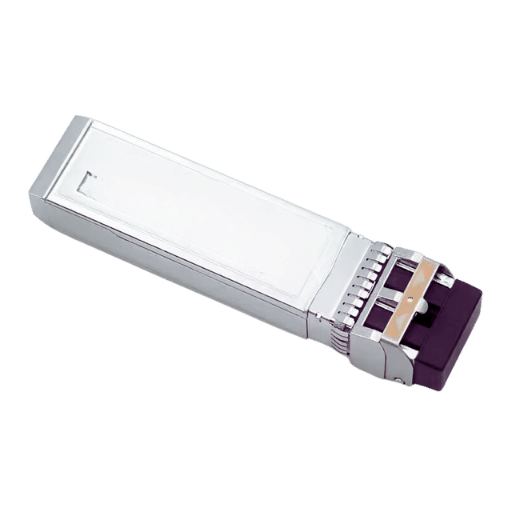
In the world of fiber optics, using an LC connector has many benefits that can improve the reliability and performance of a network. One such benefit is its small size, which allows more connections to be made in a given space, especially useful in data centers where space is limited. Additionally, these types of connectors have low insertion loss as well as high return loss so signal integrity remains superior while data loss stays minimal. The installation process becomes easier because it uses a push-pull mechanism making it less prone to damage from mishandling. Moreover, the compatibility between them and different transceivers or any other equipment used for optic cables is wide hence providing flexible scalable solutions for various networking needs. In general terms, then, integrating LC connectors into any system design will help create efficiency within robust infrastructures supporting fiber optics networks as whole
Choosing Among Duplex and Simplex SFP Transceivers
When deciding between duplex and simplex SFP transceivers, it is important to know the unique features of each one as well as their technical parameters so that they can be selected according to one’s networking requirements.
Duplex SFP Transceivers:
Technical Parameters:
Simplex SFP Transceivers:
Technical Parameters:
In conclusion, whether you choose a duplex or simplex SFP transceiver will depend upon your specific network needs such as available fibre infrastructure; desired data rates; application scenarios among other things. Duplex transceivers are good for bi-directional communication at high bandwidths while simplex transcievers provide cost effective means of saving on fibres in appropriate applications.
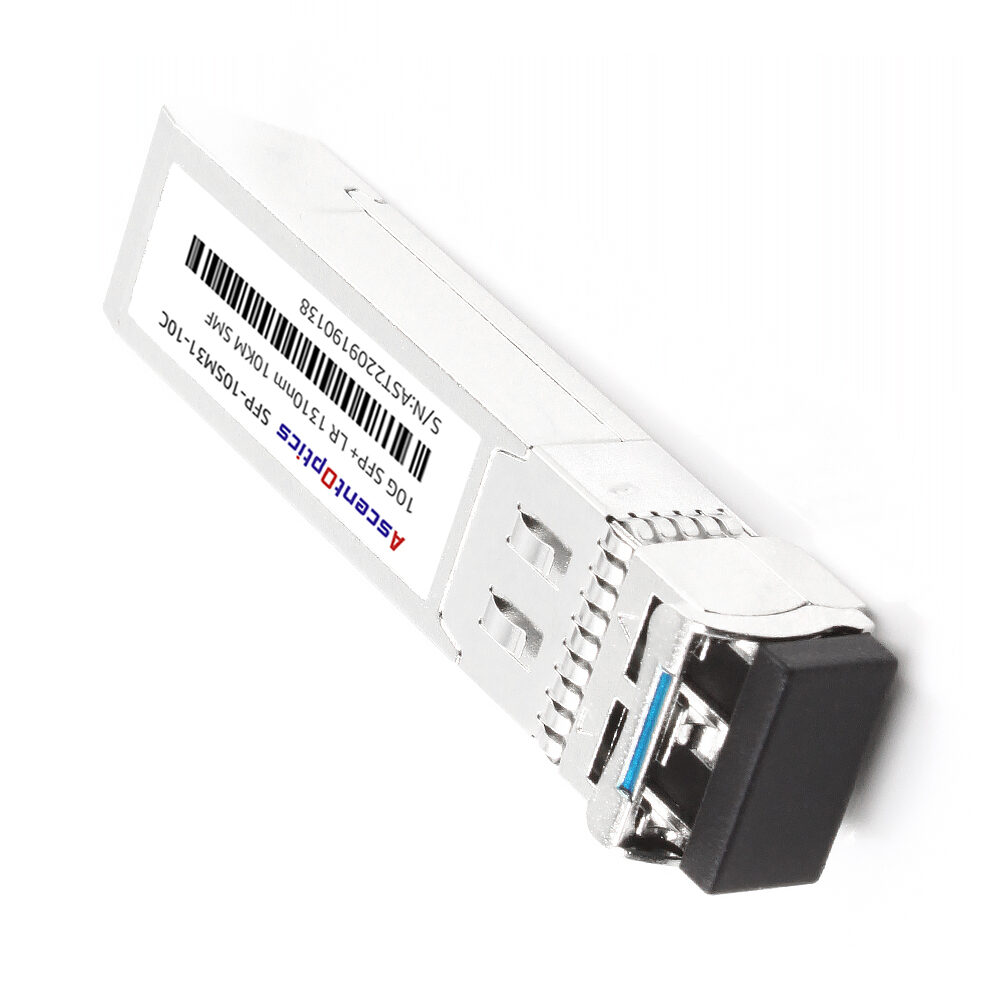
For a brief response to your question about finding the right Juniper SFP transceiver, let’s talk about frequency, range and rate:
These should help you identify an SFP transceiver that will work best for your particular networking needs.
There have been many times when it has been worth choosing 1000Base-LX SFP transceivers. Most importantly, they serve well where your network needs gigabit Ethernet connectivity over long distances, commonly of up to 10 km on single-mode fiber (SMF). They may also work with multimode fiber (MMF) over shorter distances, but this should be done through mode conditioning patch cables to prevent potential signal distortion. Moreover, 1000Base-LX SFP transceivers are ideal in cases where wide coverage is critical while maintaining high-speed performance constantly. Because they can be used on both SMF and MMF infrastructures, these transceivers make for strong and dependable solutions for different types of network topologies as well as deployments.
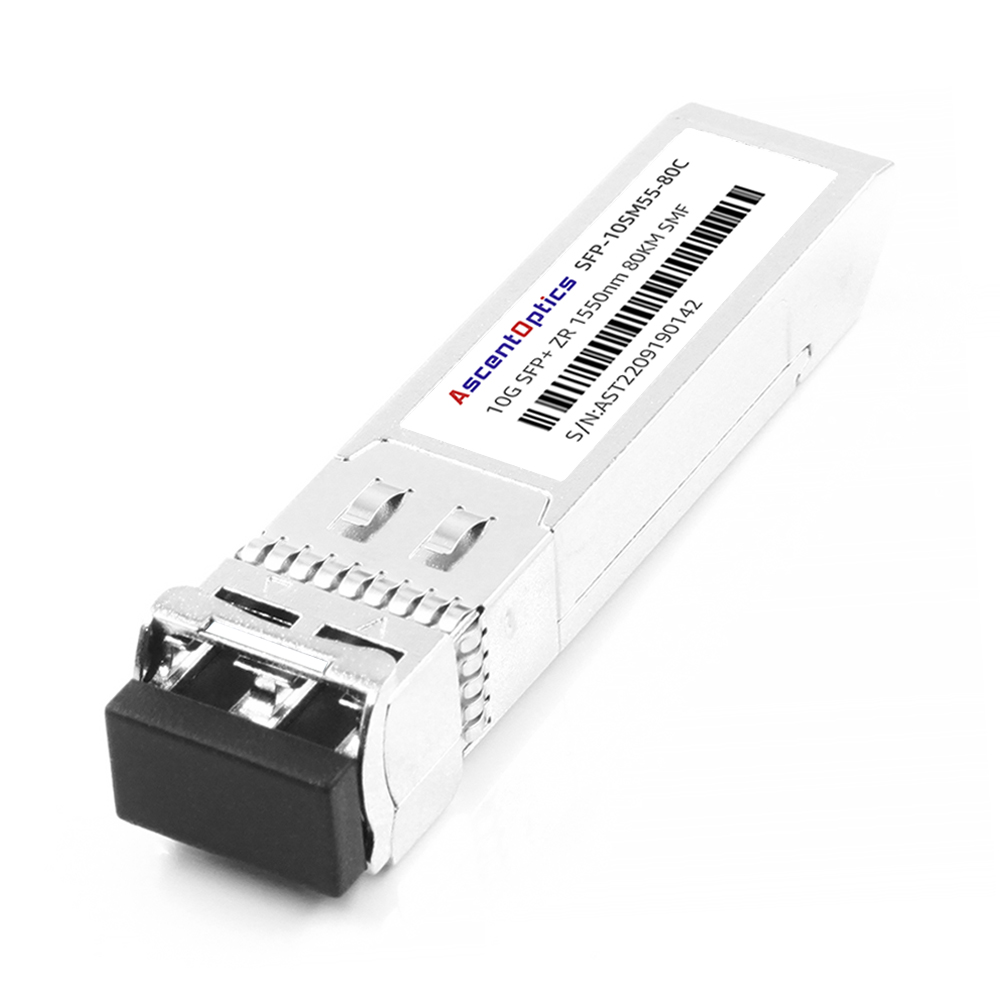
To get around the compatible SFP transceiver market, you need a deep understanding of what your network needs as well as who might be able to provide it. The first thing is finding out which vendors have good reputations for quality networking hardware that’s been certified compatible with Juniper equipment; this should help narrow down choices considerably. It would also be wise at this stage to check technical specifications against warranties offered because sometimes there can exist discrepancies between different brands’ products – so one must always verify these things prior to purchase. Another useful technique could involve comparing prices from various sellers along with their customer reviews (if available) plus third party certifications they may have earned or obtained. This will ensure that you select a reliable supplier who will sell high-performance-optimized SFP transceivers that work seamlessly within your existing network infrastructure.
To confirm whether or not your Juniper SFP module is legitimate, the best place to start would be by buying them either through authorized resellers of Juniper or directly from juniper.net website itself; this way counterfeits can easily be avoided altogether. Next up would involve checking serial numbers as well as part numbers against those found in official databases operated by Juniper Networks Inc., alternatively an online warranty validation tool provided by said company could also come in handy here too. In addition physical packaging should carry correct branding along with appropriate holograms plus tamper-evident seals being present and intact too – all these features are typically indicative signs denoting authenticity so it’s important not overlook any potential red flags during inspection! Beyond such measures, another thing worth doing entails running diagnostics on modules using network management software then comparing results achieved against performance thresholds set forth according to manufacturer’s specifications; this will help confirm whether not they’re genuine because different brands might have slightly dissimilar technical requirements which must be met exactly otherwise they won’t function properly.
The success of your network infrastructure is heavily dependent on the partners you choose. You need a partner that provides comprehensive support services to maintain and optimize your network infrastructure. Here are key things to look out for:
By examining each of these areas carefully during evaluation stage; it will enable you find trustworthy suppliers whose partnership will contribute towards greater resilience, better performance and longer life expectancy associated with your networking investments.
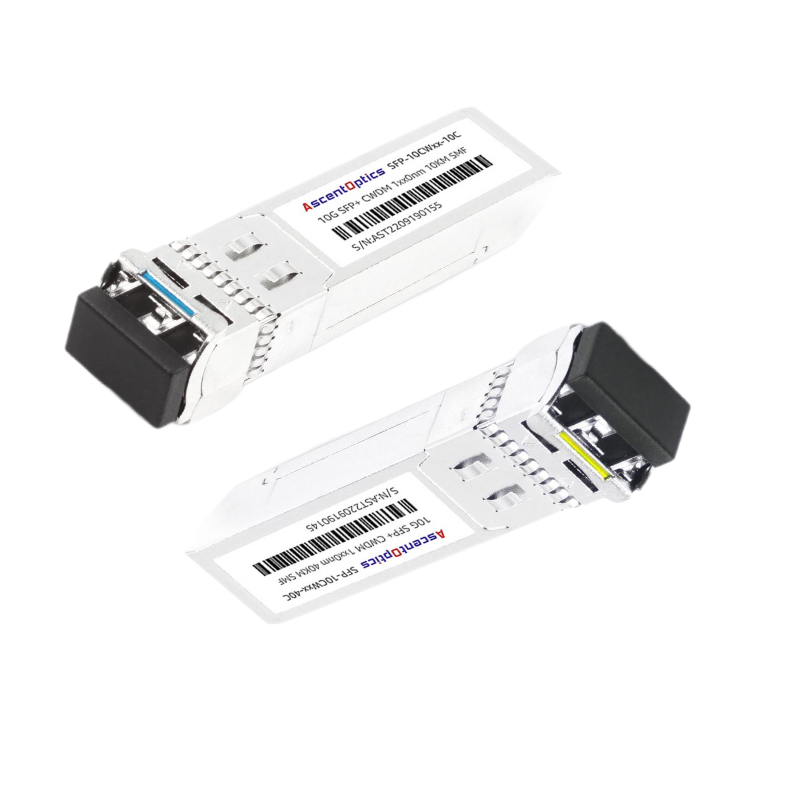
URL: NetworkComputing.com/100g-sfp-importance
Summary: This online article from Network Computing delves into the significance of 100G SFP transceivers in enhancing network connectivity speeds and efficiency. It explains the technical aspects of 100G SFP modules, their compatibility with different network devices, and how they contribute to high-speed data transmission across networks. The article is valuable for readers seeking a detailed understanding of the role of 100G SFP in modern network infrastructures.
URL: IEEE Xplore/100g-sfp-performance-analysis (Subscription may be required)
Summary: Published on IEEE Xplore, this academic journal article provides a comprehensive performance analysis of 100G SFP modules specifically tailored for data center applications. The study includes detailed testing methodologies, results on data transfer speeds, reliability assessments, and comparisons with other optical transceiver solutions. This scholarly source offers technical insights valuable for professionals in the field of networking and data centers.
URL: Fiberstore.com/100g-sfp-guide
Summary: Fiberstore’s comprehensive guide to 100G SFP transceivers presents a detailed overview of the product, its specifications, compatibility with various networking equipment, and best practices for deployment. The content covers topics such as fiber types, distance limitations, power consumption, and future trends in 100G SFP technology. This manufacturer resource serves as a valuable reference for individuals looking to understand the technical nuances of 100G SFP transceivers in networking applications.
A: A Juniper SFP (Small Form-factor Pluggable) transceiver is a compact, hot-swappable, optical module used to provide both telecommunication and data communication links. They are specifically designed to support the operation of fiber optic networks, enabling high-speed data transmission over long distances, such as the 1310nm 10km specification, and are widely used by service providers for enhancing network performance.
A: To ensure compatibility, it’s crucial to check the Juniper Networks’ documentation or sfp transceiver module data sheet for your equipment to find the exact model of the SFP transceiver that is recommended. Look for terms like “compatible 1000base-lx sfp” or “ex-sfp-1ge-lx compatible” as these specifics ensure the transceiver supports identically the protocols employed by your network gear. Retailers like fs.com Europe often list extensive compatibility information for their fibre transceivers.
A: Yes, Juniper SFP transceivers can be used in multi-vendor environments, provided they meet the specifications required by the equipment from other vendors. Many compatible SFP transceiver supports the operation seamlessly with other OEM’s equipment. However, it’s essential to verify the compatibility, as using the incorrect module could potentially damage your hardware or degrade network performance.
A: Using a 1310nm 10km SFP transceiver provides several benefits, including the ability to transmit data over longer distances without signal degradation, making it ideal for extended network configurations like campus settings or connecting different buildings. This wavelength can also support higher data rates, making it suitable for broadband networks and high-speed internet services provided by service providers.
A: Yes, Juniper SFP transceivers are hot swappable. This feature allows network administrators to replace or add transceivers without powering down the network device, leading to negligible network disruptions. This capability is crucial for maintaining uninterrupted network services and for making on-the-fly upgrades or replacements to accommodate bandwidth increases.
A: Protecting eye safety during the operation of a fiber optic network is paramount. Never look directly into the end of a fiber that is plugged into an active SFP transceiver, as the laser light used in the transmission can cause serious eye damage. Always use appropriate safety equipment and follow safety protocols, such as disconnecting the power source before any maintenance or inspection. Additionally, ensuring that the product is in conformity with international safety standards is a key aspect of information security management systems.
A: To verify that a Juniper compatible SFP transceiver supports your data rate requirements, refer to the sfp transceiver module data sheet for the specific model you’re considering. These datasheets provide detailed specifications, including supported data rates, distance capabilities (e.g., 4 x 10Gb SFP for higher data throughput), wavelength, and compatibility notes. Comparing these specifications to your network’s requirements can ensure you select a transceiver that meets your needs.
A: Ensuring that a Juniper SFP transceiver is in compliance with information security management involves verifying that the product is in conformity with relevant standards and best practices. This includes checking for certifications that indicate the transceiver has been tested for vulnerabilities and compatibility. Additionally, maintaining the firmware of network devices up to date can protect against security threats that might exploit older versions. Finally, purchasing from reputable suppliers ensures you receive genuine products that adhere to the claimed security standards.